Jackfruit, a tropical giant known for its unique texture and sweet flavor, has gained immense popularity worldwide. Whether you’re a fan of its meat-like substitute in vegan dishes or its refreshing taste in desserts, preserving jackfruit properly is key to enjoying it beyond its harvest season. This article dives deep into the science and practicality of storing jackfruit, ensuring its freshness, taste, and nutritional value remain intact for weeks or even months. From refrigeration to freezing, drying, and creative culinary hacks, we’ll explore every angle to help you master jackfruit preservation.
Understanding Jackfruit: A Brief Overview
Before diving into preservation methods, it’s essential to grasp why jackfruit requires specific storage solutions. Native to South and Southeast Asia, jackfruit (Artocarpus heterophyllus) is the largest tree-borne fruit, often weighing between 10 to 50 pounds. Its exterior is spiky and green, while the flesh inside is yellow, fibrous, and packed with seeds. Jackfruit is rich in vitamins (like vitamin C and B6), minerals (potassium and magnesium), and dietary fiber. However, its high water content (approximately 70%) and enzymatic activity make it prone to spoilage if not stored correctly.
When ripe, jackfruit emits a strong, sweet aroma, and its flesh softens. Overripening leads to fermentation, causing off-flavors and texture breakdown. Thus, preservation must balance retaining moisture while inhibiting microbial growth and enzymatic reactions.

Preserving Whole Jackfruit
If you’ve purchased an entire unripe or semi-ripe jackfruit, proper storage begins before cutting it open. Here’s how:
-
Room Temperature Storage (Unripe Jackfruit):
Unripe jackfruit can be stored at room temperature (60–70°F or 15–21°C) for 3–7 days. Place it on a wooden board or newspaper to absorb any latex drips. Avoid humid environments, as moisture accelerates ripening. -
Ripening Control:
To delay ripening, keep the fruit in a cool, dry place. To speed up ripening, place it in a paper bag with apples or bananas—these fruits emit ethylene, a natural ripening hormone. -
Refrigeration (Ripe Jackfruit):
Once ripe, store the whole fruit in the refrigerator’s crisper drawer for up to 5 days. Wrap it loosely in a breathable cloth or perforated plastic bag to prevent moisture buildup.
Preserving Cut Jackfruit
Cutting a jackfruit is labor-intensive due to its sticky latex. Always oil your knife and hands to prevent the sap from sticking. Once opened, follow these steps:
-
Immediate Storage:
Separate the flesh (arils) from the rind and seeds. Rinse the arils under cold water to remove latex residue. Pat them dry with paper towels. -
Airtight Containers:
Place the cleaned arils in airtight containers or resealable plastic bags. Remove excess air to prevent oxidation, which causes browning. -
Refrigeration:
Store in the refrigerator for 5–7 days. For extended shelf life, consider vacuum-sealing bags to eliminate oxygen exposure.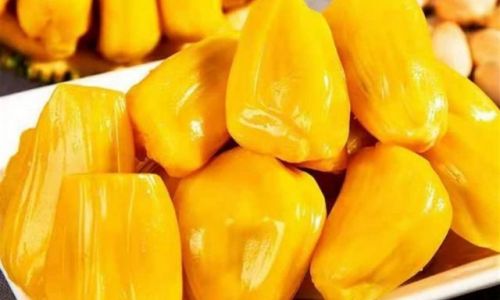
Freezing Jackfruit: The Ultimate Long-Term Solution
Freezing is the most effective method for preserving jackfruit’s texture and flavor for 6–12 months. Follow these steps:
-
Pre-Freezing Preparation:
- Blanching (Optional): Blanch jackfruit arils in boiling water for 1–2 minutes, then shock them in ice water. This deactivates enzymes that cause spoilage but may slightly soften the texture.
- No Blanching: For a firmer texture, skip blanching but expect a shorter freezer life (6–8 months).
-
Portioning:
Divide the arils into meal-sized portions. This prevents repeated thawing and refreezing, which degrades quality. -
Packaging:
Use freezer-safe bags or containers. For bags, press out air and seal tightly. For containers, leave ½-inch headspace to allow expansion. -
Labeling:
Always label packages with the date. Frozen jackfruit retains peak quality for up to a year but remains safe indefinitely.
Dehydrating Jackfruit: Shelf-Stable Goodness
Dehydrated jackfruit chips make a crunchy snack and last 6–12 months when stored correctly. Here’s how:
-
Preparation:
Slice arils into ¼-inch thick pieces. Remove seeds or leave them in for added crunch. -
Pre-Treatment:
Soak slices in a mixture of lemon juice and water (1:4 ratio) for 10 minutes to prevent browning. Rinse and pat dry.
-
Dehydration Methods:
- Oven: Set to 135°F (57°C). Arrange slices on parchment-lined trays and dry for 8–12 hours, flipping halfway.
- Food Dehydrator: Use the same temperature. Check every 4 hours until leathery or crisp.
-
Storage:
Store in airtight jars or vacuum-sealed bags in a cool, dark place.
Canning Jackfruit: For Pantry Staples
Canning jackfruit in syrup or brine extends its shelf life to 1–2 years. This method requires pressure canning due to jackfruit’s low acidity.
-
Preparation:
Peel and cube arils. Soak in a light syrup (1:1 sugar-to-water ratio) for 30 minutes. -
Packing Jars:
Fill sterilized jars with jackfruit and syrup, leaving 1-inch headspace. Wipe rims and seal with lids. -
Pressure Canning:
Process pints for 65 minutes and quarts for 75 minutes at 11 PSI (adjust for altitude). -
Cooling and Storage:
Let jars cool undisturbed for 12 hours. Check seals and store in a cool, dry place.
Jackfruit Puree and Jam: Versatile Preserves
Transform jackfruit into puree or jam for baking, desserts, or spreads.

-
Puree:
- Cook cubed arils in a saucepan with a splash of water until soft.
- Blend until smooth. Freeze in ice cube trays for easy portions.
-
Jam:
- Simmer puree with sugar (1:1 ratio) and lemon juice until thick.
- Pour into sterilized jars and process in a water bath for 10 minutes.
Creative Hacks for Using Preserved Jackfruit
Preserved jackfruit isn’t just for snacking—it’s a culinary chameleon. Try these ideas:
- Frozen Cubes: Blend frozen jackfruit into smoothies or “nice cream.”
- Dehydrated Chips: Crush chips into a coating for vegan “chicken” tenders.
- Canned Jackfruit: Use in curries, tacos, or stir-fries.
- Jam: Swirl into yogurt or use as a glaze for roasted vegetables.
Common Mistakes to Avoid
- Storing Unwashed Jackfruit: Always clean arils before refrigerating or freezing to prevent bacterial growth.
- Overcrowding the Freezer: Proper airflow ensures even freezing.
- Ignoring Latex: Jackfruit latex stains surfaces and irritates skin. Wear gloves and cover work areas.
- Thawing at Room Temperature: Always thaw frozen jackfruit in the refrigerator to prevent microbial growth.
Conclusion: Enjoy Jackfruit Year-Round
Preserving jackfruit is an art that balances science and creativity. Whether you opt for freezing, dehydrating, or canning, the key is to minimize moisture loss and microbial activity while preserving its signature taste. Experiment with different methods to find what suits your lifestyle and culinary needs. With proper storage, you can savor the tropical sweetness of jackfruit in smoothies, stews, and desserts long after the harvest season ends. So, grab that knife, oil it up, and start preserving—your future self will thank you!
Final Tip: Share your preserved jackfruit creations with friends and family. There’s nothing more rewarding than turning a seasonal treat into a year-round delight.
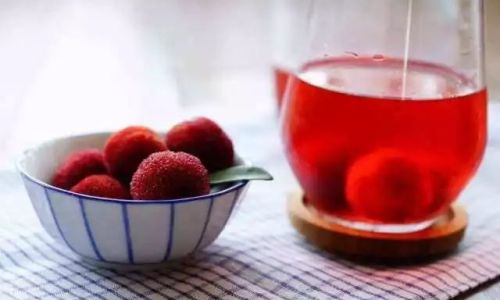
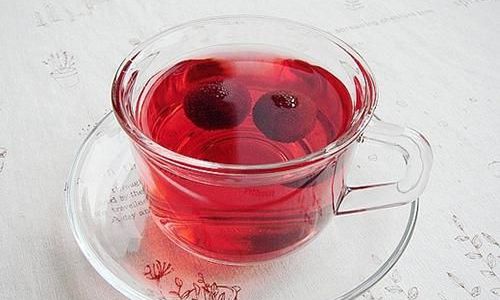
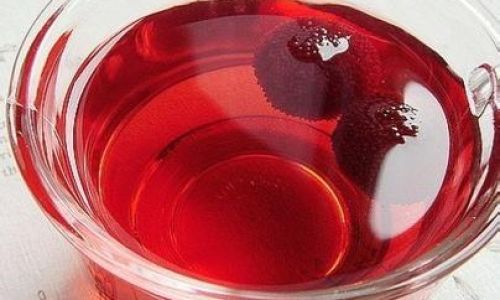

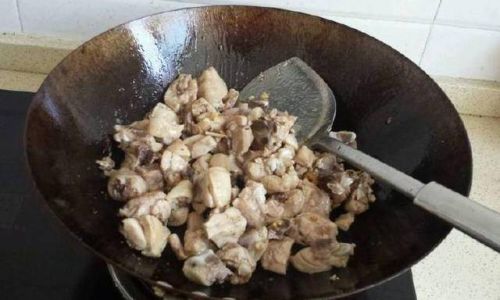
0 comments